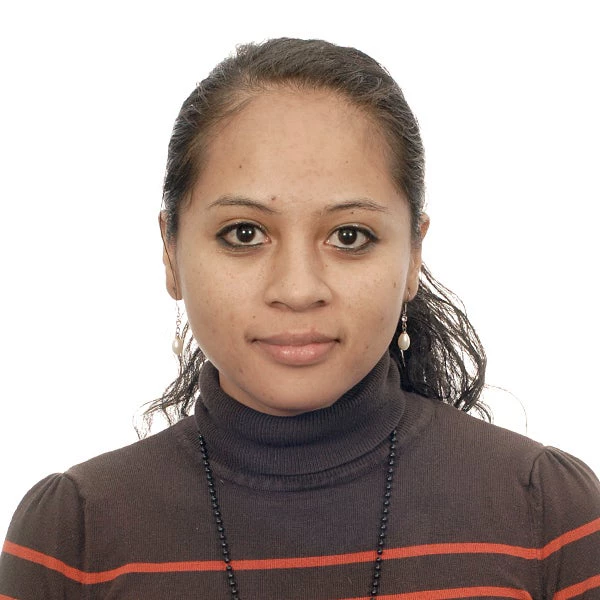Micro Small and Medium Enterprises (MSMEs) are critical to achieve the World Bank’s twin goals, as they boost job creation and promote growth. The World Bank’s recent report on High-Growth Firms, shows innovation, clusters, skills, linkages, and financial development are specific channels through which policymakers can contribute to helping firms experience high-growth. In particular, improved access to finance has a significant and positive impact on employment growth for all firms, but smaller firms benefit the most.
In Bangladesh, MSMEs account for the overwhelming majority of formal firms (99 percent) and non-farm jobs (86 percent). [[tweetable]]Most formal MSMEs are involved in trading and face substantial productivity challenge.
A key policy objective in Bangladesh, similarly to other emerging economies, is to help MSMEs grow.
Access to finance is, however, among the top 3 obstacles to business reported by Small and Medium Enterprises (SMEs) in the 2013 Enterprise Survey.
Malaysia’s MSME sector compares well with Bangladesh’s: 98.5 percent of businesses in Malaysia are MSMEs and employ 66 percent of the labor force. Twenty-one percent of MSMEs in Malaysia are women-led. In Bangladesh, women’s economic participation stands at 16 percent.
Bangladesh MSME financing landscape
A new report by the World Bank and the Policy Research Institute of Bangladesh: “Financing Solutions for Micro, Small and Medium Enterprises (MSMEs) in Bangladesh” highlights some findings.
First, the lack of a unified framework affects the effectiveness of MSME policies. The knowledge gap on the sector is significant in Bangladesh. This is partly because, until the 2016 National Industrial policy, there was no uniform definition for MSMEs, apart from one used by the Bangladesh Bank. Relevant data collection and analyses are thus limited. In addition, despite the multiplicity of agencies involved in the sector, Bangladesh does not have an overarching policy framework and coordinated approach for supporting MSMEs.
Second, the viable demand for MSME finance is largely unmet. Thanks partly to targeted government policies, bank lending to MSMEs has tripled between 2010 and 2016 in Bangladesh. Yet, an estimated financing gap of Bangladeshi Taka 237 billion ($2.8 billion) remains.
Third, although Bangladesh has been a pioneer of microfinance, the range of financing solutions available to Bangladeshi MSMEs is narrow and inadequate, especially for young and small ones.
Authorities’ efforts have helped increase lending from a low base but have mainly benefited medium enterprises and financing has been predominantly short-term. The small segment is the most underserved, and supply and demand constraints are exacerbated for these firms despite their high potential for growth and job creation. These This constraints include the lack of capabilities for both firms and banks. In addition, risk perceptions and underlying financial infrastructure weaknesses have led to stricter collateral requirements by the banks. Pre-bank and equity financing options are also extremely limited.
The Malay Experience
The experience of Malaysia in the preparation of its 2012-20 SME Development Master plan can be regarded as a relevant example for Bangladeshi context. .
Implemented by strategic partners and monitored by SME Corp Malaysia, the Master plan is comprised of six High Impact Programs: . the SME Investment Programme (SIP) for access to finance; business registration; inclusive innovation; and export support amongst others. Nonetheless, all SIPs contribute to MSME development and their implementation is coordinated within an overarching governance structure under the leadership of the Prime Minister.
Malaysia’s journey initially involved achieving consensus on a uniform definition for SMEs in the country – of interest is that they have decided to refer to SMEs when referring to all MSMEs. The SIP was developed to address the main barriers to MSME financing in Malaysia: (1) limited early stage financing due to the underdeveloped non-banking financial sector; (2) risk aversion by banks; (3) poor creditworthiness of the firms; and (4) lack of know-how and resources by financial institutions. These barriers resonate well with the underlying constraints to MSME finance in Bangladesh.
MSMEs access to finance issues discussed in Dhaka
At a workshop in Dhaka earlier this year, high level policymakers, regulators, supporting agencies, industry associations, commercial banks and micro-finance institutions gathered to discuss the report and specially on issues that to be addressed to improve access to financing for the MSMEs.
The participants agreed with the report’s emphasis on financial infrastructure reforms and alternative financing platforms to meet MSMEs’ needs, including non-debt, fintech-based and asset-based financing solutions. For example, in Malaysia, the SIP has supported the establishment of crowdfunding equity platforms and a range of financial technology (fintech) applications to lending, remittances, payments and insurance. In Bangladesh, these are still early days for fintech. In spite of significant advances in the digitization of payments and use of mobile- money, Bangladesh still needs to focus more improving the offering and penetration of digital financial services.


Join the Conversation